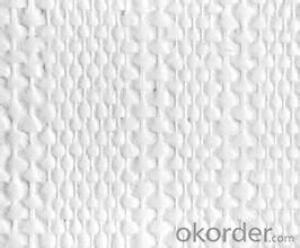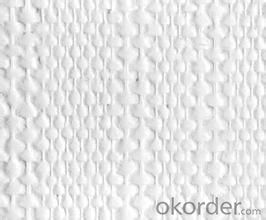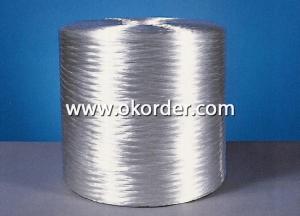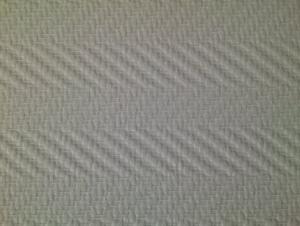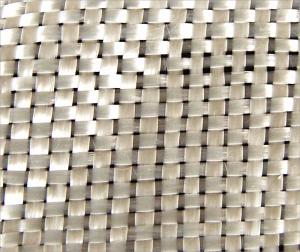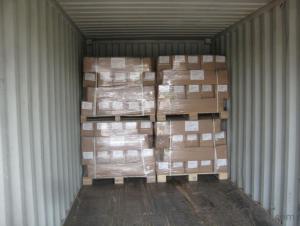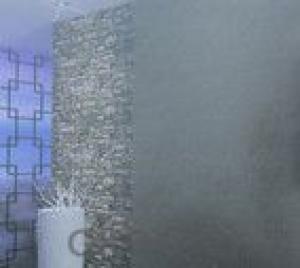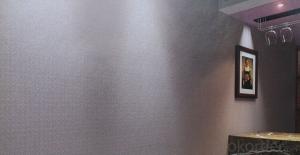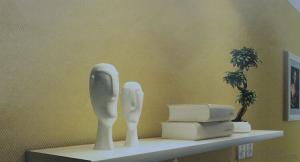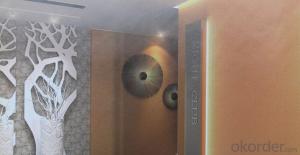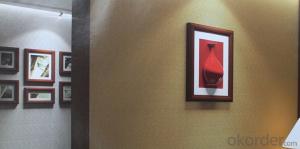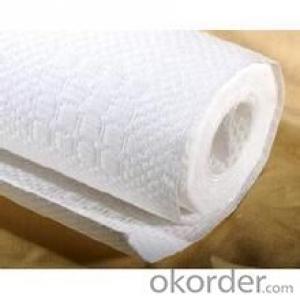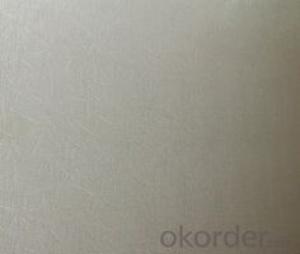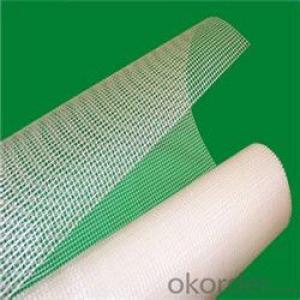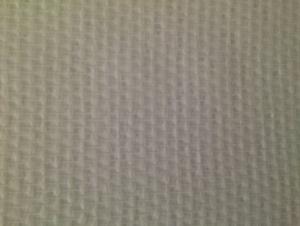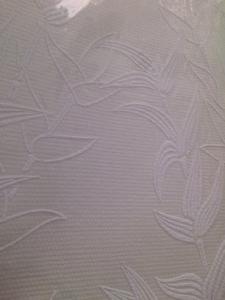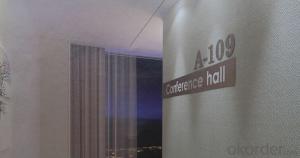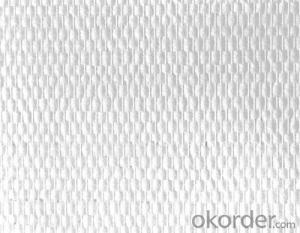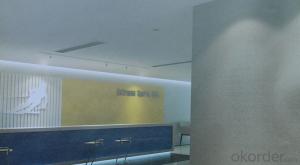Fiberglass Wallcovering Cloth - High Quality, Good Price
- Loading Port:
- Shanghai
- Payment Terms:
- TT OR LC
- Min Order Qty:
- 1000 m²
- Supply Capability:
- 50000 m²/month
OKorder Service Pledge
OKorder Financial Service
You Might Also Like
Specifications
A-2602 myhome wall decor wallcovering fiberglass decorative wall paper
1.Size:0.53m*10m
2.eco-friendly
wallcovering fiberglass decorative wall paper
1.Specification:
1 | Collection Name | Gorgeous |
2 | Material | Foaming Non woven Wallpaper |
3 | Roll Size | 0.53mx10m (5.3 sqm/roll) |
4 | Paper Weight | About 190g per sqm |
5 | Packing | Each roll wrapped by ploybag, 12 rolls/carton |
6 | Carton Size | 30*30*55cm |
7 | Use Age | 8-10 years |
8 | MOQ | 12 Roll |
9 | Delivery Time | 3 days for sample order and 15-20 days for container order |
10 | Payment Term | TT,PayPal,Western Union,MoneyGram |
2.Product Description:
Feature of our Wallpaper :
A.Good breathability, Mildewproof
B.No deformation, discoloration and corrosion.No pollution .Good breath, eco-friendly.Durable, Washable.
C.Good Coverage ,can cover little cracks of the wall.
D.Healthy and Eco-friendly
- Q: Can fiberglass wallcovering cloth be used in schools and educational facilities?
- Fiberglass wallcovering cloth is indeed suitable for schools and educational facilities, offering numerous advantages that make it an excellent choice for these environments. To begin with, fiberglass wallcovering cloth boasts exceptional durability and longevity. It can withstand heavy traffic, frequent cleaning, and general wear and tear, which are commonly encountered in schools and educational facilities. As a result, the walls remain in excellent condition for extended periods, reducing the need for frequent maintenance and renovations. Additionally, fiberglass wallcovering cloth is resistant to mold, mildew, and stains. Given the high humidity levels typically found in schools, these materials are prone to moisture-related issues. By incorporating fiberglass wallcovering cloth, the growth of mold and mildew can be significantly curtailed, fostering a healthier environment for both students and staff. Moreover, fiberglass wallcovering cloth is fire-resistant, prioritizing safety in schools. Possessing a high fire rating and the ability to endure extreme temperatures, this material acts as an extra layer of protection, averting the spread of fires. Furthermore, fiberglass wallcovering cloth offers an extensive array of designs, colors, and textures. This allows for customization and creativity in interior design, cultivating an aesthetically pleasing and stimulating atmosphere for students. It also contributes to the overall aesthetic of the facility, enhancing the learning experience. Lastly, fiberglass wallcovering cloth is remarkably easy to install and maintain. It can be applied directly to the walls, saving time and labor costs. Furthermore, it is effortless to clean, as it can be wiped down or washed without causing damage to the material. All in all, fiberglass wallcovering cloth proves to be an ideal choice for schools and educational facilities due to its durability, resistance to mold and stains, fire-resistant properties, design options, and ease of installation and maintenance.
- Q: Is fiberglass wallcovering cloth suitable for use in concert venues or music studios?
- Indeed, fiberglass wallcovering cloth proves to be a fitting option for implementation within concert venues or music studios. Esteemed for its remarkable resilience and capacity to absorb sound, fiberglass cloth emerges as an ideal selection for environments that prioritize both audio quality and insulation. Its sound-absorbing capabilities aid in diminishing echo and reverberation, thereby fostering a harmonious and acoustically gratifying atmosphere. Moreover, fiberglass cloth displays resistance towards moisture and mildew, thereby ensuring its longevity and requiring minimal maintenance within these specific settings. Collectively, fiberglass wallcovering cloth serves as a pragmatic and efficient choice for concert venues and music studios, elevating the overall sound quality while promoting a professional and visually captivating aesthetic.
- Q: What are the different types of finishes available for fiberglass wallcovering cloth?
- Some of the different types of finishes available for fiberglass wallcovering cloth include smooth finishes, textured finishes, matte finishes, glossy finishes, and metallic finishes. These finishes enhance the aesthetic appeal of the wallcovering and also provide different levels of durability and ease of maintenance.
- Q: Is fiberglass wallcovering cloth suitable for use in swimming pools or other water-related environments?
- Fiberglass wallcovering cloth is not suitable for use in swimming pools or other water-related environments. Although fiberglass is renowned for its durability and resistance to chemicals, it is not engineered to endure extended water exposure. Typically, fiberglass wallcovering cloth is utilized in dry settings like commercial buildings, offices, or residences with minimal moisture or humidity. In water-related environments, it is advisable to employ specialized materials such as tiles, epoxy coatings, or waterproof paints that are explicitly designed to withstand continuous water exposure, humidity, and moisture. These materials are specifically formulated to offer a waterproof barrier, preventing any water-induced damage or deterioration.
- Q: How is fiberglass wallcovering cloth made?
- Fiberglass wallcovering cloth is created using a technique called fiberglass weaving. To begin, fiberglass yarns are produced by pulling molten glass through tiny holes to form thin, continuous strands. These strands are then coated with a sizing material to enhance their strength and flexibility. Next, the specialized looms interweave the fiberglass yarns to form a fabric. The weaving process follows specific patterns, such as plain weave or twill weave, to achieve the desired strength and texture of the fabric. Once the fabric is woven, it undergoes a finishing treatment to improve its performance and appearance. This treatment typically involves applying chemical coatings like acrylic or vinyl to increase durability, moisture and stain resistance, and ease of cleaning. Some wallcovering cloths may also be treated with fire-retardant chemicals for safety. After the finishing treatment, the fabric is either rolled onto large spools or cut into specific lengths and packaged for distribution. It is then ready for use as a wallcovering material, providing a long-lasting and visually appealing surface for walls in various residential, commercial, and industrial spaces. In summary, the process of manufacturing fiberglass wallcovering cloth involves producing fiberglass yarns, weaving them into a fabric, and applying finishing treatments to enhance its performance. This results in a versatile and durable material that enhances both the aesthetics and functionality of interior spaces.
- Q: Can fiberglass wallcovering cloth be used in exterior column wraps or pilasters?
- Yes, fiberglass wallcovering cloth can be used in exterior column wraps or pilasters. Fiberglass is a durable and weather-resistant material that can withstand outdoor elements, making it suitable for use in these applications.
- Q: Can fiberglass wallcovering cloth be removed without damaging the walls?
- Removing fiberglass wallcovering cloth can typically be done without causing damage to the walls if it is approached with care and the correct tools and techniques are utilized. To ensure safe removal, follow these steps: 1. Prioritize area preparation: Clear the room of any furniture or obstacles that may hinder the removal process. Lay down drop cloths or plastic sheeting to safeguard the floor and any remaining surfaces. 2. Moisten the surface: Thoroughly wet the fiberglass cloth using a sponge or sprayer. This will facilitate the loosening of the adhesive, making it easier to remove. 3. Score the surface: Utilize a scoring tool or utility knife to create small punctures or cuts in the fiberglass cloth. This will enable the water to penetrate and further weaken the adhesive. 4. Peel off the cloth: Begin removing the fiberglass cloth from a corner or edge, gently peeling it away from the wall. If needed, utilize a putty knife or scraper to assist in lifting it. Proceed cautiously and avoid exerting excessive force to prevent damage to the underlying wall. 5. Eliminate residual adhesive: Once the cloth is removed, there may be adhesive residue remaining on the walls. Use a wallpaper removal solution or a mixture of warm water and vinegar to soften the adhesive. Gently scrape it off with a putty knife or employ a sponge to wipe it away. 6. Clean and repair the walls: After the removal of the cloth and adhesive, clean the walls with a mild detergent and water to eliminate any remaining residue. Inspect the walls for any damage or imperfections and repair them as necessary before applying a new wallcovering or paint. It is important to acknowledge that the ease of removal may vary depending on the specific type and quality of the fiberglass wallcovering cloth, as well as the condition of the underlying wall surface. If you are uncertain or concerned about potential damage, it may be advisable to seek professional assistance.
- Q: Does fiberglass wallcovering cloth come in different colors and patterns?
- Fiberglass wallcovering cloth does indeed come in a variety of colors and patterns. Although its primary purpose is to offer a long-lasting and resilient wall covering solution, manufacturers recognize the significance of aesthetics as well. Consequently, fiberglass wallcovering cloth is offered in an extensive selection of colors and patterns to accommodate diverse design preferences and interior styles. Whether your aim is to achieve a minimalist look with a solid color or to add visual interest with a patterned design, there are fiberglass wallcovering cloth options available that cater to your specific requirements. These alternatives enable you to enhance the appearance of your walls while simultaneously benefiting from the durability and practicality of fiberglass wallcovering cloth.
- Q: Can fiberglass wallcovering cloth be used in exterior architectural elements?
- Yes, fiberglass wallcovering cloth can be used in exterior architectural elements. Fiberglass wallcovering cloth is known for its durability and weather resistance, making it a suitable choice for exterior applications. It is commonly used in outdoor spaces such as building facades, exterior walls, and cladding systems. The fiberglass material is resistant to fading, cracking, and peeling, which ensures its longevity even when exposed to harsh weather conditions. Additionally, fiberglass wallcovering cloth offers excellent insulation properties, making it ideal for energy-efficient architectural designs. Overall, its strength, durability, and resistance to weathering make it a reliable option for exterior architectural elements.
- Q: Can fiberglass wallcovering cloth be used in historical restoration projects?
- Historical restoration projects can incorporate fiberglass wallcovering cloth, despite it not being the most conventional choice. The material's durability and strength make it a practical option for maintaining the building's structural integrity. Strengthening weakened or damaged walls is made possible through the use of this cloth, providing additional support and stability. Moreover, fiberglass wallcovering cloth's resistance to moisture, mold, and mildew makes it well-suited for historical buildings that are susceptible to these issues. By preventing water damage and the growth of harmful substances, the cloth ensures the long-lasting nature of the restoration project. Furthermore, the installation process is simplified due to the ease with which fiberglass wallcovering cloth can be applied to existing surfaces. This feature expedites the restoration process, while simultaneously concealing any imperfections and delivering a smooth, flawless finish that enhances the overall appearance of the renovated structure. Nevertheless, it is crucial to approach the use of fiberglass wallcovering cloth in historical restoration projects with caution. Consulting experts in historical preservation is essential to guarantee that the material aligns with the building's historical accuracy and integrity.
Send your message to us
Fiberglass Wallcovering Cloth - High Quality, Good Price
- Loading Port:
- Shanghai
- Payment Terms:
- TT OR LC
- Min Order Qty:
- 1000 m²
- Supply Capability:
- 50000 m²/month
OKorder Service Pledge
OKorder Financial Service
Similar products
Hot products
Hot Searches
